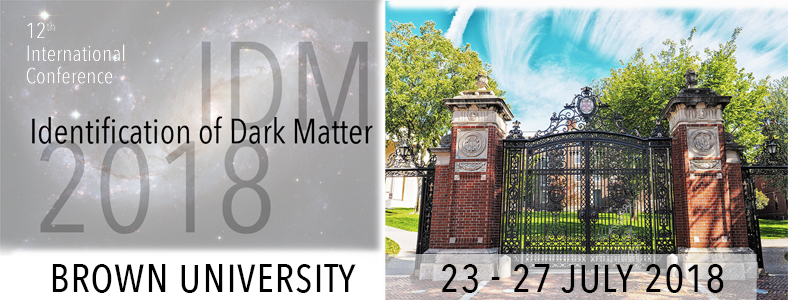Speaker
Description
In this talk, I would like to review how the CMB (in particular its temperature and polarization anisotropies) can be used to look for ultra light axion-like particles (ULAs).
Such ULAs are naturally numerous in the axiverse scenario and can play many role in cosmology, from Dark Matter to Dark Energy. Moreover, they have been invoked to solve several recent cosmological tensions. In particular, ULAs can potentially be used to solve the tension between the LCDM prediction of H0 extracted from Planck data and that deduced by direct observations of cepheids and SNIa at low-redshift. They have also been suggested as an explanation of the EDGES anomaly — the observation of a puzzling absorption feature in the global 21cm signal. While the standard axion potential leads to ULA behaving like DM when their mass is large enough, a simple generalization of this potential leads to ULAs diluting with arbitrary rate (i.e. they can be chosen to dilute like matter, radiation or at even faster rate).
I will explain why such ULAs are phenomenologically very interesting and describe how such generic ULAs can be accurately modeled on cosmological scales thanks to a newly derived fluid approximation that generalizes former work. Finally, I will discuss constraints arising from Planck data on these models, as well as the implications of these constraints for the puzzling cosmological tensions.




